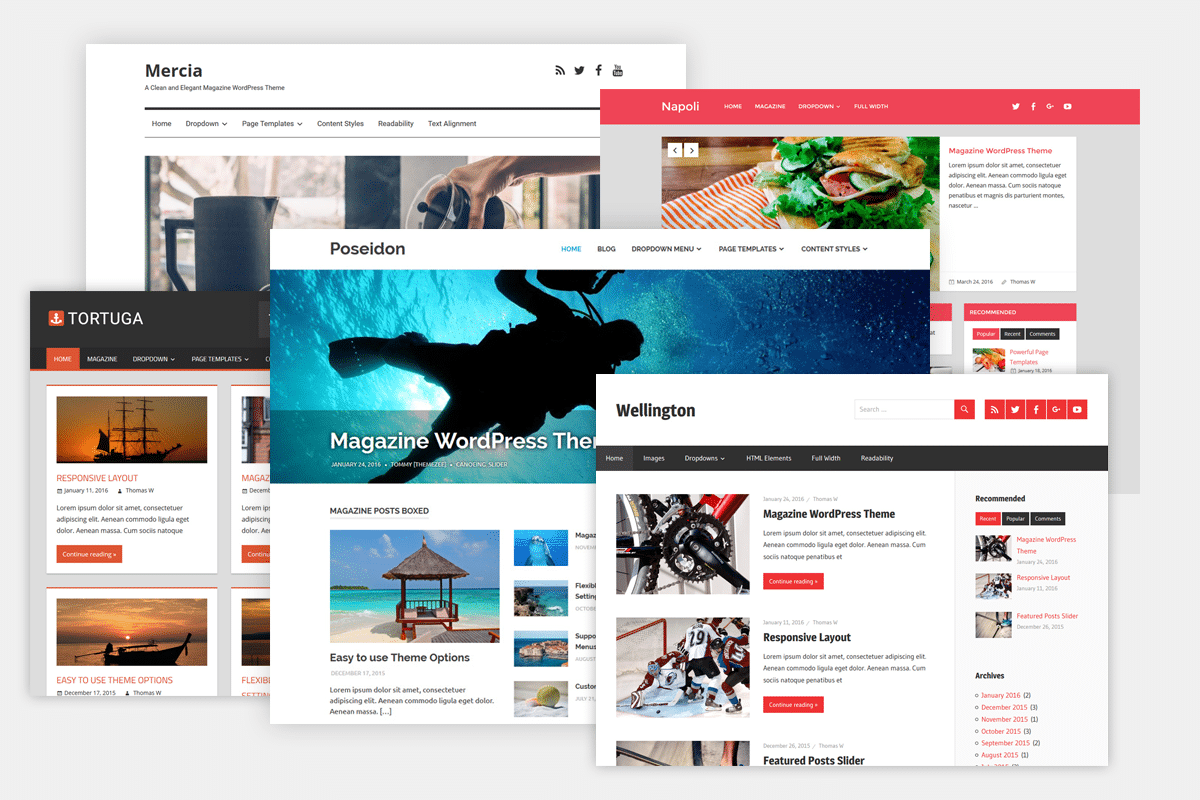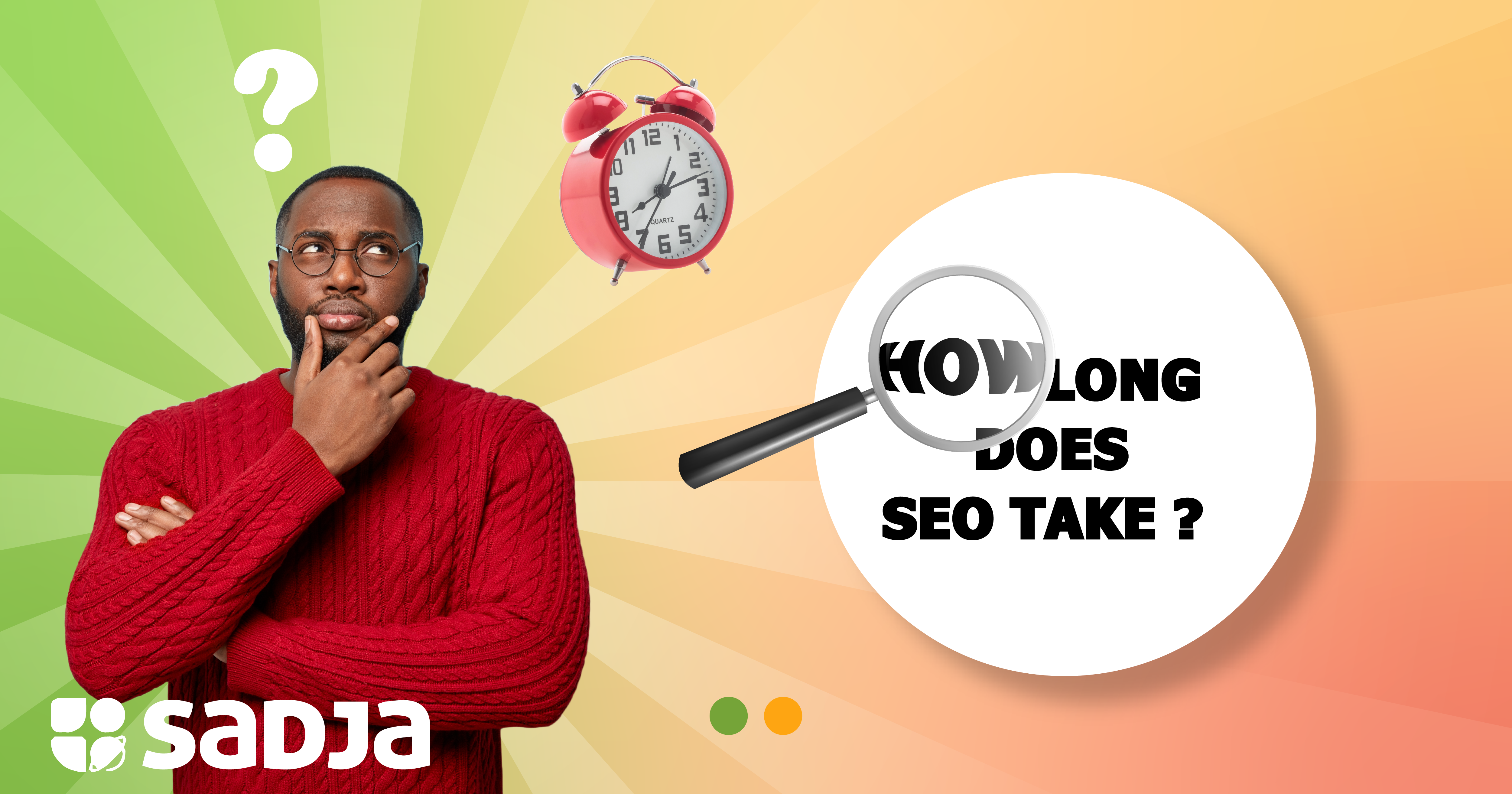At its core, WordPress is one of the easiest, most popular ways to create a website or blog. WordPress powers nearly 40% of all websites on the internet, so more than one in four websites you visit are probably powered by WordPress. For a more technical description: WordPress is a freely available content management system licensed under GPLv2, which implies that anyone can use or alter WordPress software free of charge. A content management system is a tool that eases the management of important website aspects -like its content- without the need for programming knowledge. The final result is that WordPress makes it easy for anyone to build a website – even the people who don’t know about HTML, CSS or JavaScript code.
What kind of websites does WordPress make?
Initially, WordPress was simply a blog creation tool, not a full-fledged website maker. That has not been true for a long time. However, due to changes to the core code, combined with WordPress ‘large system of themes and plugins and themes, it is possible to create any type of website. For instance, WordPress doesn’t only run a large number of business websites, it is also used to create e-commerce stores. With WordPress you can build:
- business websites
- forums
- social networks
- E-commerce stores
- registration sites and many others.
What’s the difference between wordpress.org and wordpress.com?
WordPress.org often described as self-hosted WordPress, is the freely available and customizable WordPress software that can be installed on a personal website server. The website you create with this option is 100% yours.
WordPress.com is a paid service run by the WordPress.org software. It is very easy to use but comes without much of the flexibility of self-hosted WordPress. In most cases, when people mention “WordPress,” they’re referring to self-hosted WordPress which is available at wordpress.org. If you want full control over your website, then self-hosted WordPress is the best option. All you need to build your own WordPress website is Webhosting and a domain name.
How did WordPress start?
WordPress was established as a standalone venture about 17 years ago in 2003. It started as a spinoff of a project called b2/cafelog. In the early days, it was a collaboration between Mike Little and Matt Mullenweg.
Mulling also founded Automatic, which is the company that runs the WordPress.com service. Currently, WordPress is maintained by a core team of experienced personnel who are supported by a dedicated community of independent designers and programmers from various parts of the world. The core team updates the WordPress core files, which includes feature improvements and patches for any security vulnerabilities. The open-source community supports them with immediate knowledge and support through bug fixes and improvements, as well as a broad range of plugin applications and design frameworks.
How WordPress works
WordPress needs two essential components to function on your web server (hosting platform): MySQL and PHP. PHP is the programming language in which WordPress is written, and it enables WordPress websites to function dynamically. PHP is a server-oriented language, which means that it runs on the webserver before a webpage is delivered to a user. PHP is one of the most popular programming languages on the internet today. This is due, in part, to the popularity of WordPress itself.
PHP allows WordPress to add or extract information from a database based on particular criteria. The retrieved information can be fed into an HTML page. In contrast, MySQL is a free relational database management system. It’s comparable to working with an intricate spreadsheet in which file data is kept under multiple related headings. MySQL databases allow data to be created, updated, read, and deleted (CRUD). It is the second most popular database management system and it is highly responsive to queries.
To understand how WordPress works, you’ll need to keep these facts in mind:
- It provides a simple interface known as a dashboard for website owners to manage content. It creates MySQL queries to communicate with the database.
- Once it receives information from the database, it publishes a page containing the required content upon request from a browser.
- It is compatible with various plugins, themes, and shortcodes, so any capabilities a website owner needs can be added to the website, provided that they understand PHP and WordPress code.
WordPress stores all it’s content in a MySQL database. Its appearance, however, is determined by a theme. There are plenty of themes available on WordPress that you can apply to your site. The WordPress content management system usually allows theme changes without affecting the website’s content.
WordPress can be accessed from three points.
- The user-facing website that people see whenever they visit a URL handled by WordPress.
- The admin panel: also known as the dashboard, it is accessible whenever you log-in to WordPress as an administrator
- The WordPress files on the server: these are the files on your webserver that contain actual WordPress code, along with theme files, CSS style sheets and plugin files.
You’ll access your WordPress dashboard by adding “wp-admin” to your website address. When you’re working from your website’s dashboard, it’s known as working at the back-end of your site. There are two parts to WordPress: the public and private. It’s like the public and private areas of any business.
The front is what visitors see when they pay your site a visit. The back-end is where you manage the website’s content. The theme you choose will determine your site’s appearance. The theme is composed of PHP, HTML, CSS and JavaScript. You shouldn’t worry about losing your content when you update your site. You can change its appearance without losing any files.
Understanding how WordPress functions can be a useful skill regardless of whether you are an entrepreneur or developer. It can be difficult at the beginning, but the support of a large online community will help you through the challenges. Besides, several agencies offer WordPress design in Uganda. They will help bring your ideas to life.
 +256 206 300885
+256 206 300885


